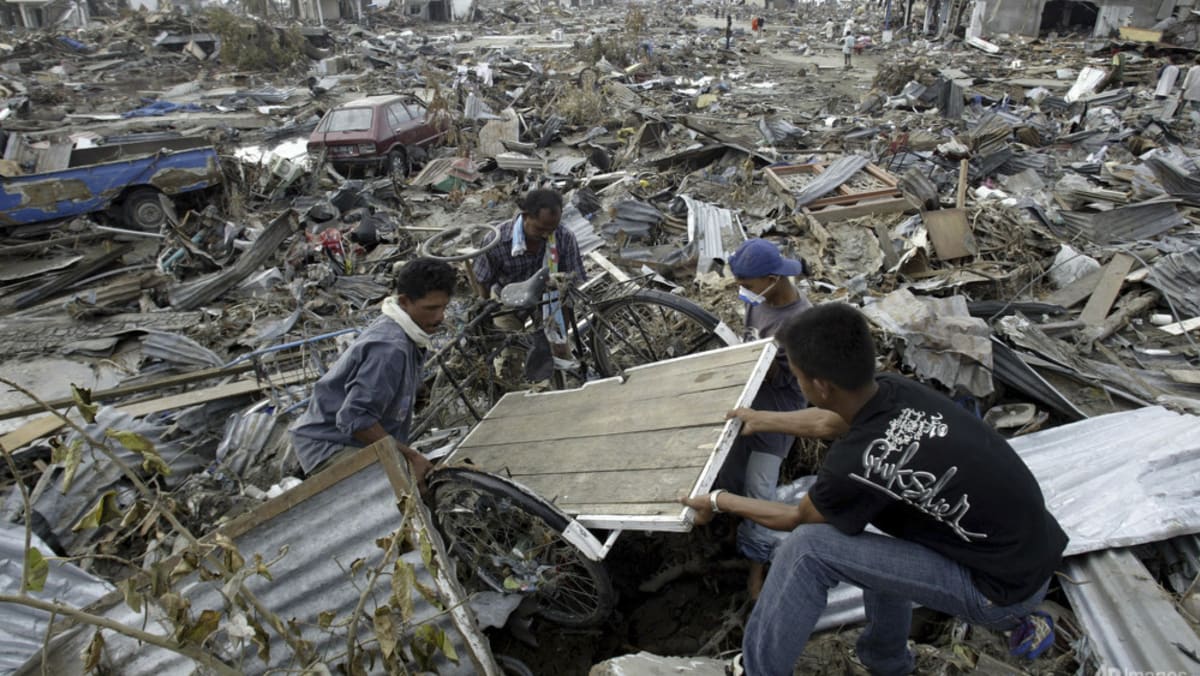Rains from dying typhoon batter China for seventh day

“Typhoons that move far inland affect regions historically less exposed to heavy rainfall and strong wind, often with lower disaster resilience, leading to more severe losses,” said Shao Sun, a climatologist at the University of California, Irvine.
“In this case of Shenzhen, the disaster was mainly due to the slow westward movement of Haikui’s residual circulation, which nearly stagnated in its spatial position from the afternoon of Sep 7 to the early hours of Sep 8, and a “train effect” of heavy rainfall occurred, causing the event to exceed its expected intensity.”
A so-called “train effect” refers to the cumulative effect of multiple convective cloud systems passing over an area in succession, resulting in a significant accumulation of rainfall accumulation and sharply raising the potential for heavy or even extreme rainfall.
Source: CNA















